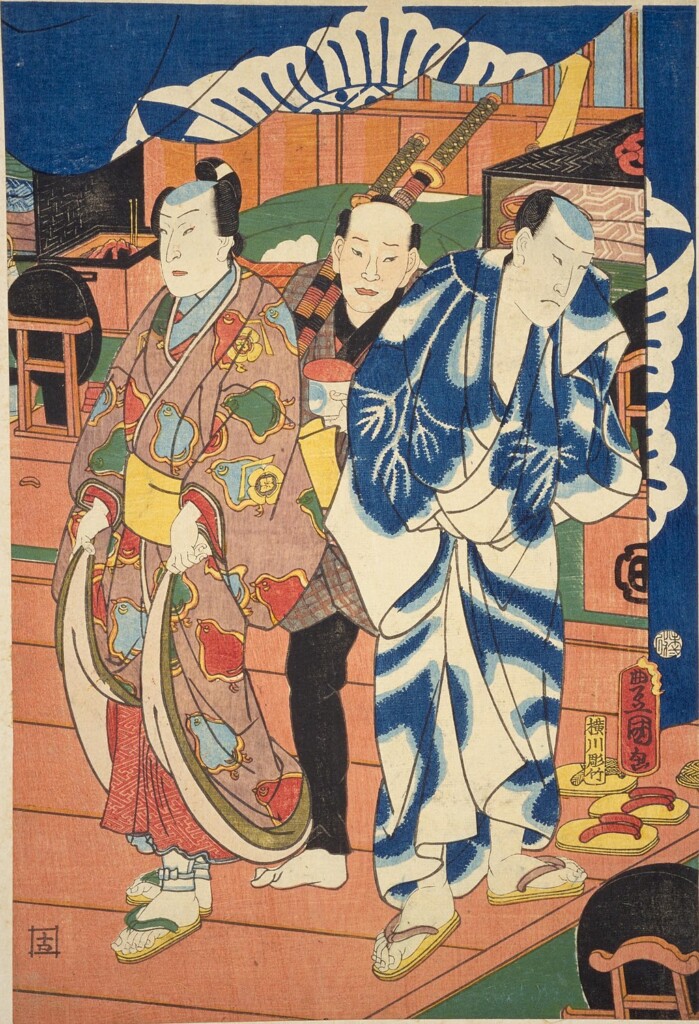Geisha live in a mysterious, ethereal world within, yet wholly separate from, everyday society. Historically, girls left home as young children to train as geisha. They embody the perfect entertainer. But behind the porcelain-white face of the apprentice geisha and the art they make look so natural is a long, intense, and often painful process shrouded in a cloak of silence. Books like Arthur Golden’s Memoirs of a Geisha sold millions of copies and offered a glimpse into the reality of geisha life, but it is ultimately a work of fiction, often criticized for getting things wrong. Books by actual geisha, like Mineko Iwasaki’s Geisha: A Life give voice to their experiences, but the stories they tell are unique to them and cannot represent all geisha. But their books offer insight into the life of geisha, and the hardships, even brutality, they endured to become cultural icons.

ADVERTISEMENT - CONTINUE READING BELOW
Geisha Were Men
Although today’s geisha are associated with finely dressed and perfectly coiffed women, the earliest geisha were male. During the Edo period, the term ‘geisha’ simply referred to entertainers and performing artists, without any indication of gender. Male geishas were called taikomochi or hōkan, the original professional entertainers. They specialized in the performing arts, serving as musicians, jesters, storytellers, and singers. The geisha men had a talent for serving as a sort of ‘master of ceremonies’ for parties held by the nobility. They could make each guest at these gatherings feel like the most important person in the room. By the 1600s, geisha expanded their services beyond high society. They kept guests at high-end brothels entertained while the guest waited for time with their chosen courtesan. But the women at these brothels started joining in the singing and dancing, usurping the popularity of the male geisha.

